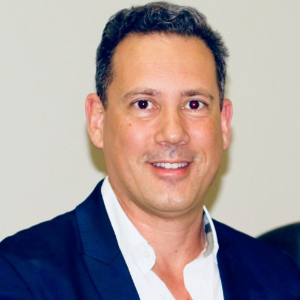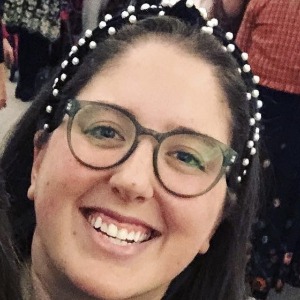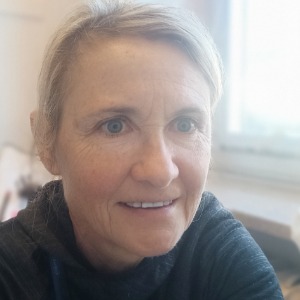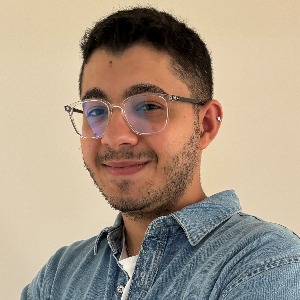Orthopaedic Disability and Rehabilitation
A child's orthopaedic impairment is described as a disability affecting a bone, joint, or muscle that is severe enough to impact the child 's academic performance. It can be caused by a variety of things, including genetic anomalies, conditions like cerebral palsy, or an injury that results in a lost limb or muscular impairment. Orthopedic therapy is a type of rehabilitation that aims to repair musculoskeletal limits and relieve pain caused by accident, sickness, or surgery. Muscles, bones, joints, ligaments, tendons, and cartilage make up the musculoskeletal system, and orthopaedic rehab can target any of these systems. Orthopedic Rehabilitation is the use of conservative treatments such as manual therapy, modalities, and therapeutic exercise to treat patients with muscle, joint, or bone discomfort and limitations. Following an injury or sports damage, orthopaedic rehabilitation can help you regain your strength and endurance so you can return to your prior level of performance. It can also occur in the context of orthopaedic surgery, both before and after the procedure to assist you prepare for the recovery process and to increase your flexibility, strength, and functional abilities.
- Musculoskeletal Disorders
- Neuromotor Impairments
- Degenerative Diseases
- Orthopaedic Impairments from Other Causes

Jay Spector
American Academy of Podiatric Sports Medicine (AAPSM), United States
Marcia J Scherer
Institute for Matching Person and Technology, United States
Marcos Brioschi
American Academy of Thermology, United States
Blair Gorenberg
Shirley Ryan Abilitylab, United States
Roberta Sartori
IRCCS Materno-Infanitle Burlo Garofolo, Italy
Cho Li Yin
Taichung Veterans General Hospital - VGHTC, Taiwan




Title : Best practice guidelines for the use of pharmacological neuromodulation in disorders of diminished motivation: A comprehensive approach
Vaidya Balasubramaniam, Illawarra and Shoalhaven Local Health District Hospitals, Australia
Title : A forgotten component of knee osteoarthritis
Ron Blehm, EEI Physio LLC, United States
Title : Functional outcomes of DSSA-Based pelvic rehabilitation combined with manual therapy and electrostimulation in men after oncologic surgery: A retrospective case series
Eren Uyar, Fizyomen Physiotherapy & Rehabilitation Center, Turkey
Title : We are living and working in the age of individualization
Marcia J Scherer, Institute for Matching Person and Technology, United States
Title : Efficacy of Inspiratory Muscle Training (IMT) in post-weaning ICU recovery: A clinical randomized controlled trial
Warda Khan, Chongqing Medical University, Pakistan
Title :
Subramanya Adiga, Middlemore Hospital, New Zealand